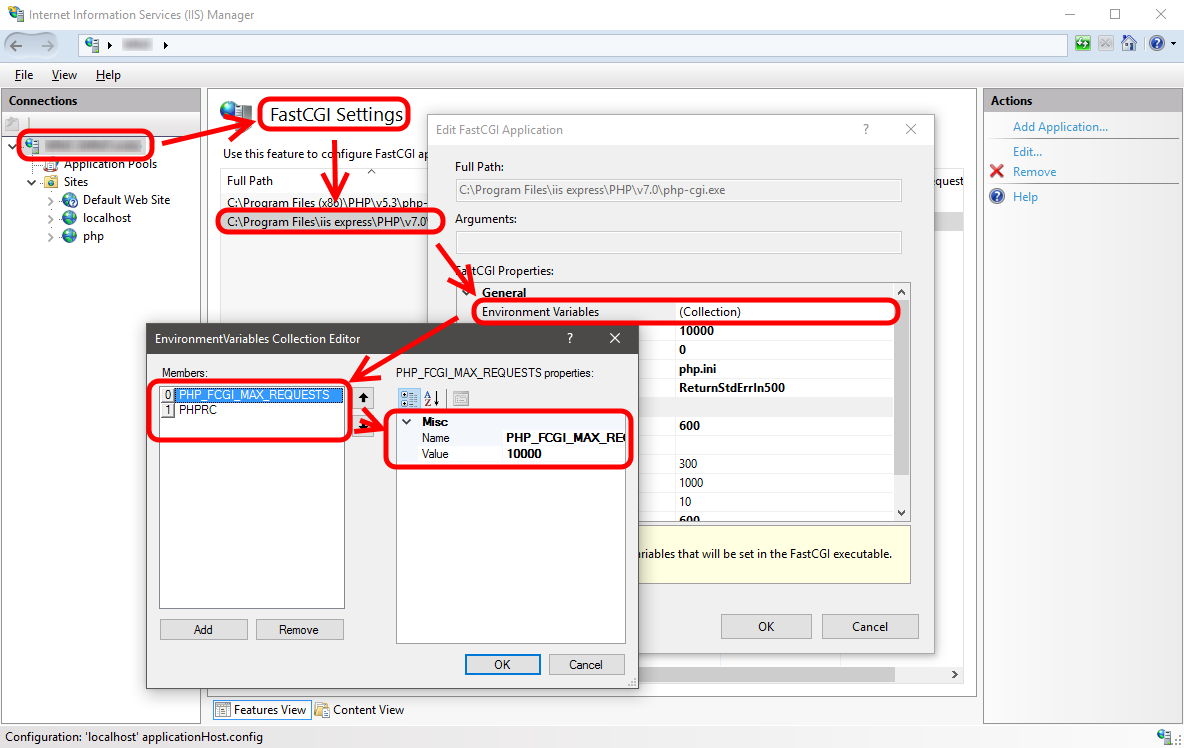Sunday, February 28, 2016
PHP on IIS
…

Thursday, February 4, 2016
Fast rounded corners
I was always fascinated by ingenious coding, like what Bill Atkinson did for Macintosh back in 1981.
Apple Lisa's 68000 CPU didn't support floating point operations and therefore square roots to calculate circle wasn't on the table.
Bill found out, that because sum of a sequence of odd numbers is always a perfect square (like 1 + 3 = 4 and 1 + 3 + 5 + 7 = 16), the only thing he had to do was to iterate until a threshold was exceeded.
https://www.folklore.org/StoryView.py?story=Round_Rects_Are_Everywhere.txt
RoundRects
- #include <graphics.h> void DrawPixel(int x, int y) { putpixel(x, y, WHITE); } void DrawCircle(int xc, int yc, int r) { int x = r, y = 0; int decisionOver2 = 1 - x; while (y <= x) { DrawPixel(xc + x, yc + y); DrawPixel(xc + y, yc + x); DrawPixel(xc - y, yc + x); DrawPixel(xc - x, yc + y); DrawPixel(xc - x, yc - y); DrawPixel(xc - y, yc - x); DrawPixel(xc + y, yc - x); DrawPixel(xc + x, yc - y); y++; if (decisionOver2 <= 0) { decisionOver2 += 2 * y + 1; } else { x--; decisionOver2 += 2 * (y - x) + 1; } } } void DrawRoundRect(int x, int y, int width, int height, int radius) { // Draw corners DrawCircle(x + radius, y + radius, radius); // Top-left corner DrawCircle(x + width - radius, y + radius, radius); // Top-right corner DrawCircle(x + width - radius, y + height - radius, radius); // Bottom-right corner DrawCircle(x + radius, y + height - radius, radius); // Bottom-left corner // Draw edges line(x + radius, y, x + width - radius, y); // Top edge line(x + width, y + radius, x + width, y + height - radius); // Right edge line(x + width - radius, y + height, x + radius, y + height); // Bottom edge line(x, y + height - radius, x, y + radius); // Left edge } int main() { int gd = DETECT, gm; initgraph(&gd, &gm, ""); DrawRoundRect(100, 100, 200, 100, 20); getch(); closegraph(); return 0; }
asdf